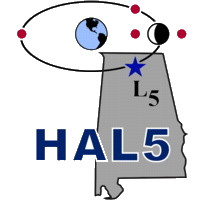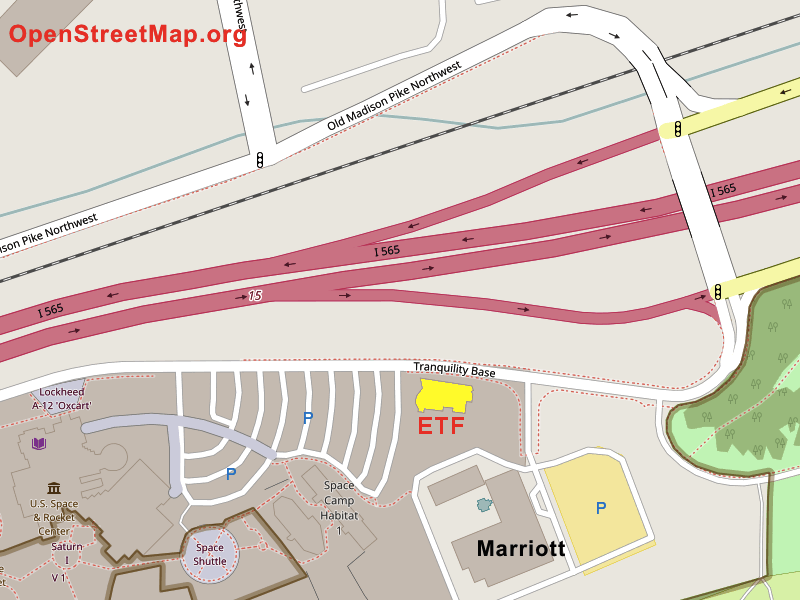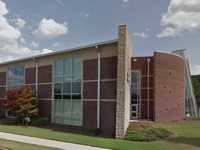Magnifying Light by a 100 Billion Times with the Solar Gravitational Lens for Direct Imaging of an Exoplanet
Special Presentation: August 14, 2018 at 7 pm at USSRC Education Training Facility
Dr. Slava G. Turyshev, Jet Propulsion Laboratory, California Institute of Technology

Nature has presented us with a very powerful "instrument" that we have
yet to explore and learn to use. This instrument is the Solar
Gravitational Lens, which results from the ability of the
gravitational field of the Sun to focus light from faint, distant
targets. In the near future, a modest telescope with a solar coronagraph
could operate on the focal line of the SGL and, by using the enormous
magnifying power of the Lens, could provide high-resolution images and
spectroscopy of a habitable exoplanet.
We will discuss the imaging properties of the Solar Gravitational Lens, when the image of an exo-Earth occupies many
pixels in the region near the focal line. We will discuss a mission to the
SGL focal region that could provide us with direct, multi-pixel,
high-resolution images and spectroscopy of a potentially habitable
Earth-like exoplanet. Based on our initial studies, we find that such a
mission could produce (1,000×1,000) pixels images of “Earth 2.0” at
distances up to 100 light years with spatial resolution of ~10 km on its
surface, enough to see its surface features. We address some aspects of
mission design and spacecraft requirements, as well as capabilities
needed to fly this mission in the next two decades.
Presentation Charts No Video
What is SGL Video - Download (720p)
What is SGL Video - YouTube (1080p)
About Slava G. Turyshev

Dr. Turyshev is a physicist at the NASA Jet Propulsion Laboratory,
California Institute of Technology, whose areas of research include
research in gravitational and fundamental physics, astronomy,
astrophysics and planetary science. He is an expert in spacecraft
navigation, solar system dynamics, satellite and lunar laser ranging and
is involved in technology efforts spanning detectors, instruments, and
data analysis.
Dr. Turyshev has made a number of significant
contributions, some of them are: i) successful resolution of the Pioneer
anomaly; ii) development of new methods to improve performance of
long-baseline optical interferometers; iii) development of several new
missions and experiments in gravitational physics that resulted in major
improvements in the tests of general relativity; iv) developed new
instruments and methods for lunar and interplanetary laser ranging; v)
developed a wave-theoretical treatment of the solar gravitational lens
(SGL) that helped to define a new mission concept of direct imaging of
an exoplanet from the focal area of the SGL.
Dr. Turyshev is the Principal Investigator of the 2018 Phase II NIAC study of the mission
for direct multipixel imaging and spectroscopy of an exoplanet with a
mission to the SGL. He was a co-lead of the 2018 KISS study on the
technology requirements to operate at and utilize the SGL for exoplanet
imaging. Dr. Turyshev has published over 175 research papers, 2 books.
Since 2012 he is an Adjunct Professor at the UCLA’s Department of
Physics and Astronomy. In 2016 Dr. Turyshev was elected a Corresponding
Member of the International Academy of Astronautics.
USSRC Education Training Facility
U.S. Space & Rocket Center's Education Training Facility (ETF) is located approximate at 5 Tranquility Base [Google Map] on the campus of U.S. Space & Rocket Center (USSRC). Sometime the online maps will take you to the Marriott, which share the same address. It is the brown building just after the turn to the Marriott when you are approaching USSRC. It has both the USSRC and NASA logo on the main entrance. On Google Map it is listed as "Marshall Institute Education Training Facility. HAL5's meeting takes place in the main auditorium on the first floor. Toward the back of the building when you come in. There will be signage pointing you to the auditorium.
If you click on above map, it should open up Apple Map if you on an iOS device, and Google Map on Android/Window devices or Desktop browser (regardless of OS). If you like, here is the direct link to the Google Maps


